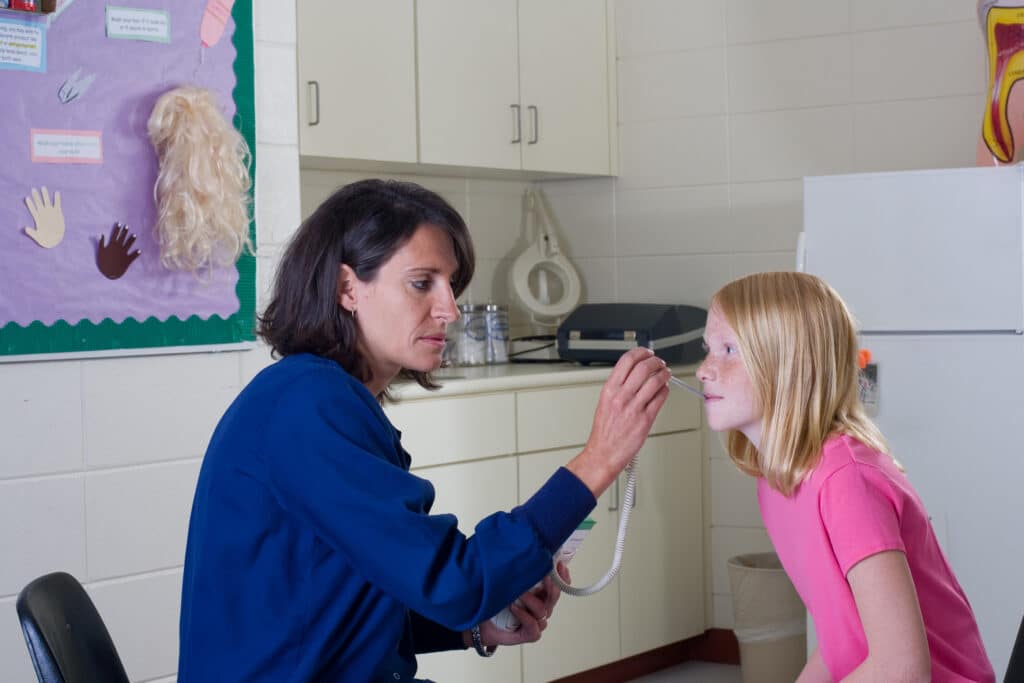Education is not just about textbooks and classrooms; it is a holistic experience that requires comprehensive support systems to nurture students’ overall well-being. Integrated student supports within a community schools model have gained recognition as an effective approach to addressing the diverse needs of students. This model aims to foster academic success, social-emotional development, and overall student empowerment by combining educational resources with community partnerships. This article will explore the key components and strategies to implement integrated student supports within a community schools model.
Needs Assessment and Collaboration
Implementing integrated student support begins with conducting a thorough needs assessment to identify the specific challenges and strengths within the student population. This assessment involves gathering data on academic performance, attendance, socio-economic factors, and social-emotional well-being. Collaborative partnerships among educators, administrators, families, and community organizations are essential to comprehensively understand the student’s needs and assets.
Coordinated Services and Resources
A crucial aspect of the community schools model is the coordination of services and resources to meet the diverse needs of students. This includes providing access to health and mental health services, afterschool programs, tutoring, counseling, and other support programs. By centralizing these services within the school, students can conveniently access the resources they require, eliminating barriers that may hinder their success.

Wraparound Support
Integrated student supports recognize that students’ challenges often extend beyond the school environment. Wraparound support seeks to address these challenges by engaging families, community organizations, and other stakeholders. By connecting students and their families with appropriate resources, such as housing assistance, food security programs, and employment opportunities, the community schools model promotes a nurturing environment that supports students both inside and outside the classroom.
Trauma-Informed Practices
Many students may have experienced trauma or adverse life events that impact their learning and well-being. Implementing trauma-informed practices within the community schools model helps create a safe and supportive environment for these students. Training educators and staff in trauma-informed approaches equips them with the tools to understand and respond effectively to the needs of students. This includes creating predictable routines, fostering positive relationships, and implementing strategies for emotional regulation.
Family and Community Engagement
Strong family and community engagement is vital to the success of integrated student supports. Welcoming families into the school community encourages their active involvement in their children’s education. Parent education programs, workshops, and regular communication channels foster partnerships between families and educators. Engaging community organizations, businesses, and volunteers also enriches the educational experience by providing mentoring, internship opportunities, and exposure to diverse career paths.
Data-Informed Decision Making
Data collection and analysis play a significant role in implementing integrated student support effectively. Schools need to establish systems for collecting and analyzing data on student progress, attendance, behavior, and other relevant factors. Using this data to inform decision-making, schools can identify trends, target interventions, and continually refine their support strategies to effectively address emerging needs.
Final Thoughts
Implementing integrated student supports within a community schools model offers a comprehensive framework for nurturing the holistic development of students. By addressing the diverse needs of students through collaboration, coordinated services, trauma-informed practices, and family/community engagement, this model creates an empowering environment that promotes academic achievement and social-emotional well-being. As schools and communities continue to embrace this approach, the potential for unlocking the full potential of every student becomes increasingly achievable, creating a brighter future for all.

